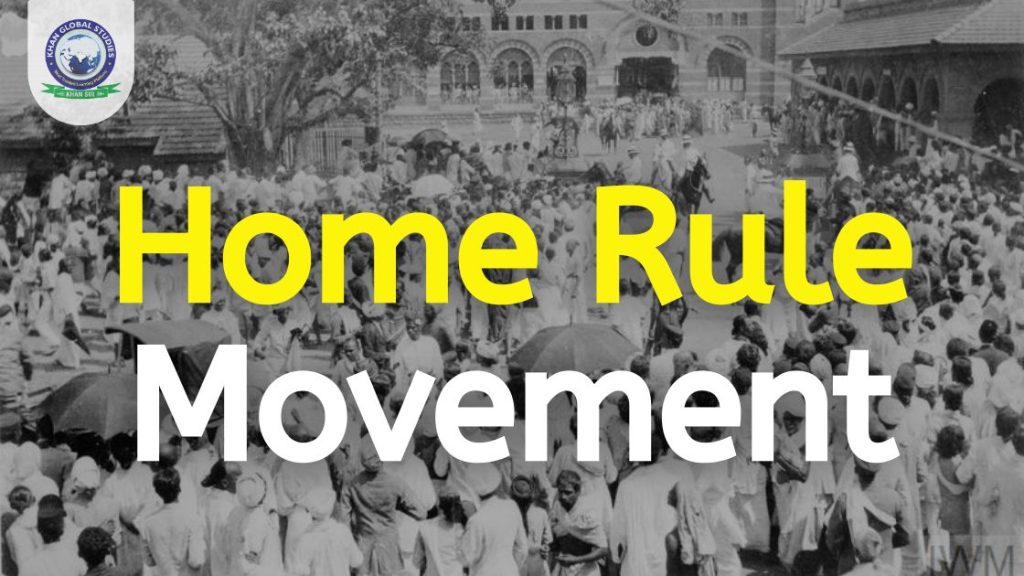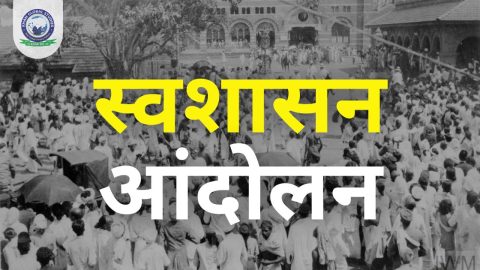The Home Rule Movement was a significant chapter in India’s fight for independence. It challenged British dominance and ignited a desire for self-governance within the Indian subcontinent. This movement aimed to secure representation for Indians in the British Parliament and grant India the autonomy to manage its internal affairs.
The objective of the Home Rule Movement
The primary objective of this Movement was to achieve dominion status within the British Empire. It sought representation for Indians in the British Parliament, allowing them a say in matters concerning their nation. This movement focused on attaining self-governance, not complete independence from British rule.
History of the Home Rule Movement
The seeds of the Home Rule Movement were sown in the discontent surrounding the 1905 partition of Bengal. This act sparked widespread outrage and ignited a sense of national consciousness against British rule. Leaders like Bal Gangadhar Tilak and Annie Besant emerged as the movement’s driving force.
In 1906, the Indian National Congress formally adopted the demand for Home Rule at its Calcutta session. Public meetings, processions, and speeches advocating for self-governance became commonplace across India.
Causes of the Home Rule Movement
Several factors fueled the rise of this:
- Discontent with British Rule: Indians felt economically and politically marginalized under British rule. The Home Rule Movement aimed to address this disparity and empower Indians to participate in their governance.
- Demand for Constitutional Reforms: Existing reforms offered by the British government were deemed insufficient. The movement sought greater representation and decision-making power for Indians.
- Rise of Nationalism: The movement thrived on the burgeoning spirit of Indian nationalism. Indians increasingly believed they had the right to govern their nation.
Impact of the Home Rule Movement
The Home Rule Movement had a lasting impact on India’s freedom struggle:
- Spread of National Consciousness: The movement catalyzed national consciousness, fostering a sense of unity among Indians.
- Pressuring the British Government: The persistent demand for Home Rule put pressure on the British administration, prompting them to consider gradual reforms.
Reasons for Failure
Despite its contributions, it couldn’t fully achieve its goals:
- Internal Divisions: Differences within the Indian National Congress, particularly the split between moderate and extremist factions, weakened the movement’s effectiveness.
- British Intransigence: The British government was unwilling to relinquish control over India. They viewed India as a crucial colony and weren’t receptive to the idea of self-governance.
- Shifting Goals: Over time, the demand for Home Rule became inadequate. As the movement progressed, Indian leaders began advocating for complete independence.
Conclusion
While the Home Rule Movement didn’t achieve its initial objective, it played a pivotal role in India’s freedom struggle. It fostered national consciousness, united Indians against colonial rule, and ultimately paved the way for the demand for complete independence. The spirit of self-governance it ignited continues to be relevant, reminding us of the importance of autonomy and self-determination.





